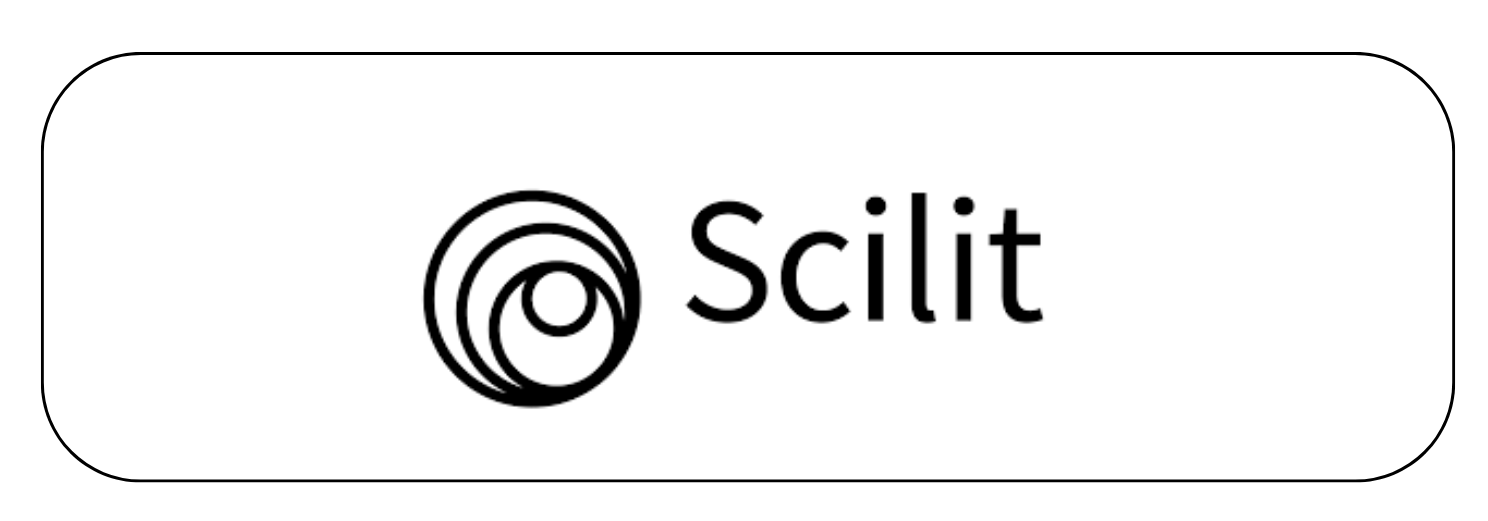The Interplay of Job Satisfaction and Burnout: Occupational Differences between Non-Disciplined and Disciplined Workforces
DOI:
https://doi.org/10.61688/ajpbs.v6i1.409Abstract
This study examines the relationship between job satisfaction and burnout among employees in Hong Kong, comparing those in non-disciplined and disciplined workforces. A cross-sectional survey of 287 working individuals reveals a strong negative correlation between job satisfaction and burnout across both groups. However, the nature of this relationship differs significantly based on occupational structure. Employees in disciplined forces, such as police officers and firefighters, exhibit a stronger bidirectional relationship, where lower job satisfaction leads to heightened burnout, and increased burnout further diminishes job satisfaction. In contrast, non-disciplined force employees show a weaker cyclical pattern, suggesting that other occupational factors may moderate this link. Intrinsic job satisfaction, derived from work engagement and personal fulfillment, plays a crucial role in reducing burnout for non-disciplined force employees. Meanwhile, extrinsic factors, such as job security and financial stability, have a greater impact on job satisfaction and burnout among disciplined force employees. The findings highlight the importance of workplace policies tailored to different occupational groups, emphasizing intrinsic motivators in non-disciplined roles and external incentives in disciplined professions. By recognizing the distinct ways in which job satisfaction and burnout interact within structured and flexible work environments, organizations can develop targeted interventions to enhance employee well-being. Addressing both intrinsic and extrinsic job satisfaction factors can mitigate burnout and foster a healthier, more resilient workforce.
Downloads
Published
How to Cite
Issue
Section
Categories
License
Copyright (c) 2025 Terence Kwong, Tak Ming Yu

This work is licensed under a Creative Commons Attribution 4.0 International License.
Published by Universiti Poly-Tech Malaysia. This article is licensed under the Creative Commons Attribution (CC BY 4.0) license. Anyone may reproduce, distribute, translate, and create derivative works from this article (for both commercial and non-commercial purposes), provided full attribution is given to the original publication and authors. The complete terms of this license can be found at:http://creativecommons.org/licenses/by/4.0/legalcode













